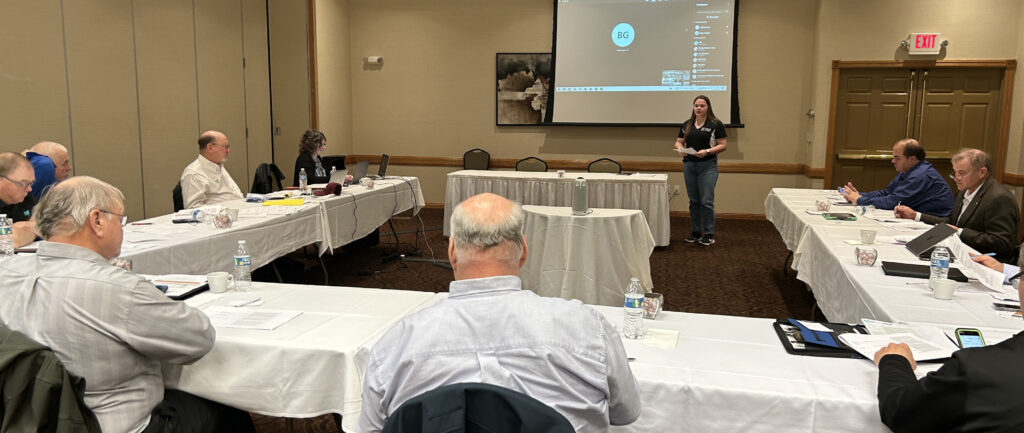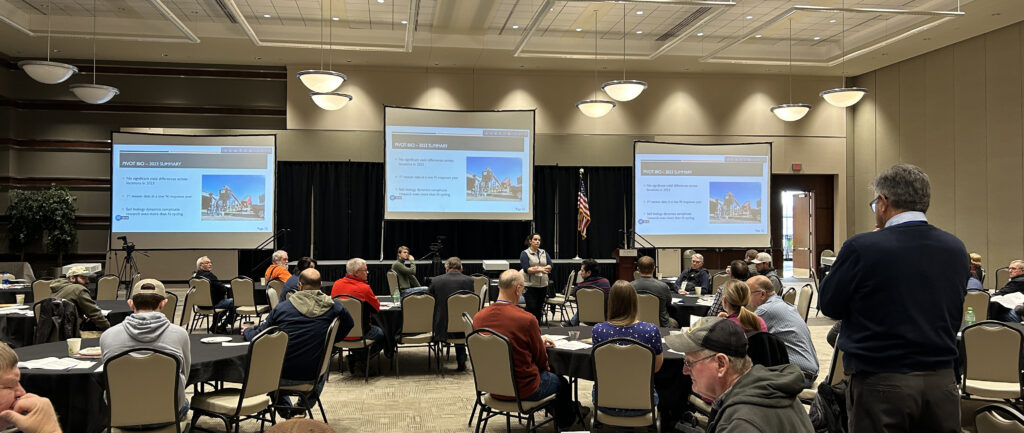Following the 1996 U.S. commercialization of glyphosate-tolerant soybeans (Roundup Ready), more than 40 different weed species have become tolerant to the glyphosate herbicide. This diminishes the utility of the glyphosate-tolerant soybean varieties, and threatens the loss of that valuable tool (i.e., glyphosate) in the farmers’ already limited options for weed control in their fields. Even worse, at least some weed species have evolved resistance to every herbicide class in use. 1
Herbicides are needed to keep the world’s population fed at economical prices. Herbicides also help reduce the presence of natural toxin and endocrine disruptors in the food supply. That is because they facilitate more complete control in farm fields of the particular weed category (i.e., “noxious” class) that naturally produce some true endocrine disruptors and other toxins in their seeds.2 While U.S. food and animal feed manufacturers have in place excellent screening systems to catch and remove such natural-toxin-containing weed seeds from their raw material streams, it should reassure consumers to know that this additional layer of food safety assurance (i.e., weed seed minimization via herbicides) is being utilized by U.S. farmers.3
However, to minimize the probability of more weed species becoming resistant to additional herbicides, farmers need to be able to rotate the specific herbicides that they apply to a given field each year. For example: To apply a combination of glyphosate and dicamba herbicides to a field during 2017 and a combination of glufosinate and 2,4-D herbicides to that field in 2018. That way, the few weeds that might happen to survive the two herbicides applied during 2017 and produce seed, will definitely be killed in 2018 due to the very different chemical modes-of-action of the latter herbicides versus the former. 4
So urgent is the need for more different herbicide modes-of-action to prevent the arising of additional weed species, which would be resistant to current herbicides, that a first-ever 2,4-D herbicide-tolerant soybean will be introduced during 2018 in Minnesota and a few other states in spite of the fact soybeans are still awaiting its final few required overseas import approvals (needed because it is a biotechnology derived soybean). This soybean will be grown within a contractual program that requires participating farmers to adhere to a comprehensive, robust set of protocols designed to ensure the harvested soybeans reach only specific ADM soybean processing facilities, which will process them for use in North American markets only.” 5
However, only Enlist is labeled to applied to 2,4-D tolerant soybeans. The less expensive, generic 2,4-D products are considerably more volatile than Enlist. Fore more information, view this link to a short 2,4-D Soybean Public Service Video. This video was a public service effort by the 2,4-D Research Task Force and the American Soybean Association to remind growers to use the proper product and follow the directions for use in the new 2,4-D herbicide tolerant soy crops. Remember, older legacy 2,4-D formulations are not approved for over-the-top application in soybeans.
David Kee is the director of research at Minnesota Soybean and can be reached at david@mnsoybean.com or 507-388-1635.
Minnesota Soybean Director of Market Development Kim Nill also contributed to this report.
FOOTNOTES:
- “Wicked Evolution: Can We Address The Sociobiological Dilemma of Pesticide Resistance?”, Science, pages 727-732, May 18, 2018.
- Washington State Legislature (laws enacted by) RCW 17.10.235, Selling grain product or feed containing noxious weed seeds or toxic weeds — Penalty — Rules — Inspections — Fees. http://apps.leg.wa.gov/RCW/default.aspx?cite=17.10.235
- “Toxic Weed Seeds: A Visual Guide (to enable control/screening out)”, WATTAgNet.com, J. B. Hess, J. P. Blake, W. A. Dozier III, G. R. Wehtje, and J.A. Mosjidis (Auburn University), May/June edition, 2012.
“Roundup Ready (biotech) Soybeans Have Helped Producers in North Carolina Control Sicklepod Weed”, Progressive Farmer, Ron Scarborough, December, 1999.
- “2017 Chart for Selection of Herbicides Based on Site of Action”, Cropwatch, Feruary 2, 2017.
- “Member Advisory” – Dow AgroSciences and ADM Collaborate to Bring Enlist E3 Soybeans to U.S. Farmers”, MGFA Newsletter, October 11, 2017.







